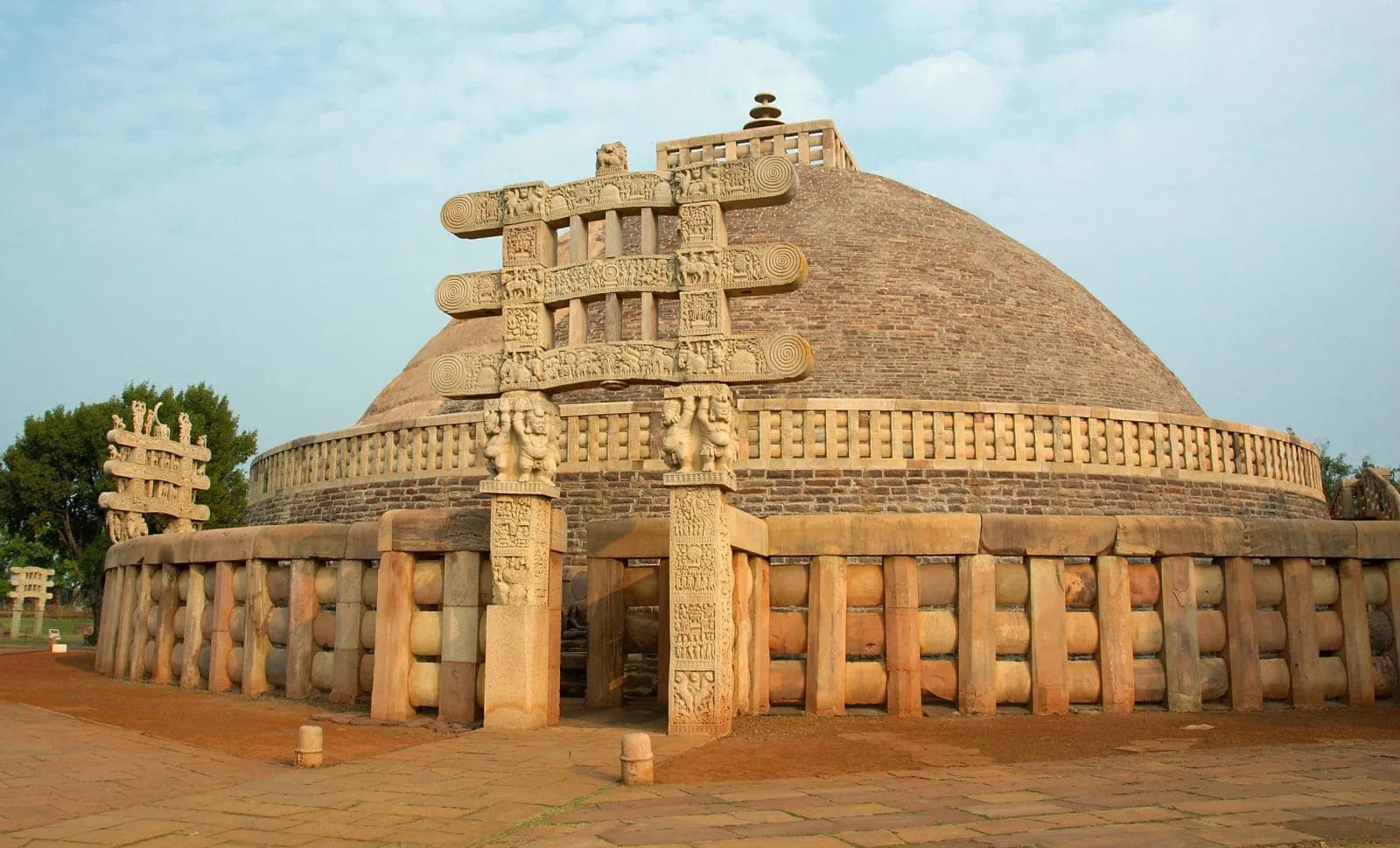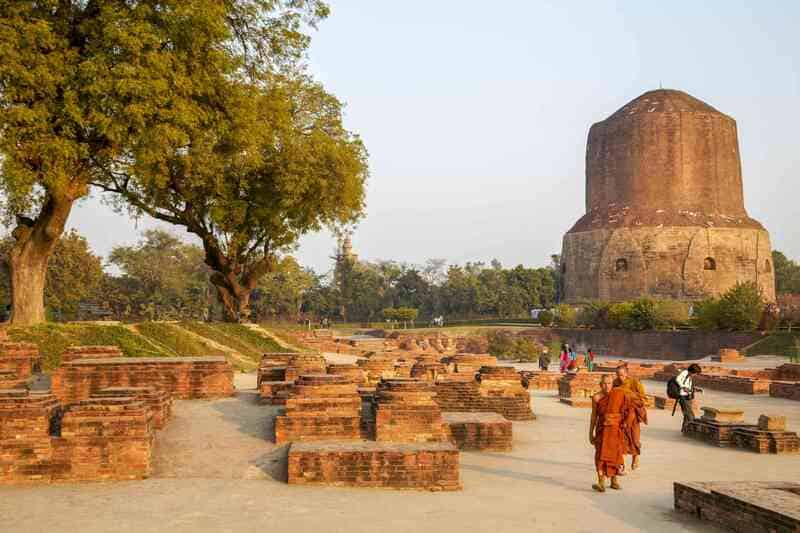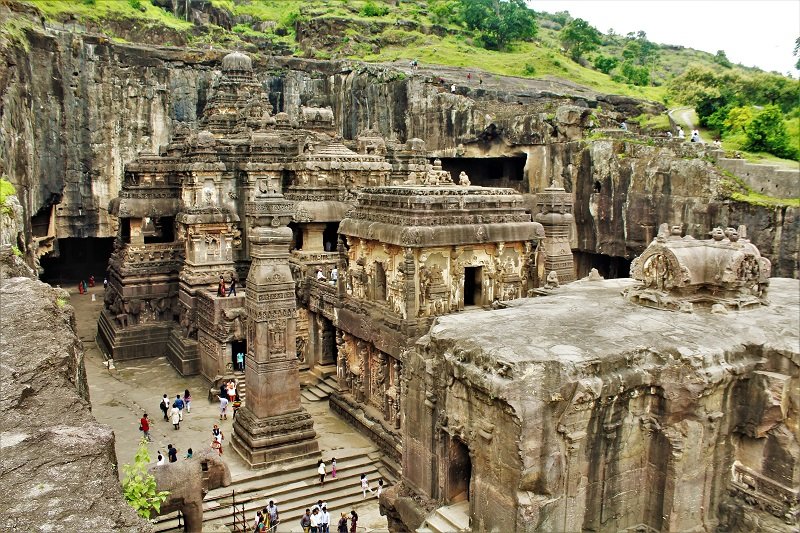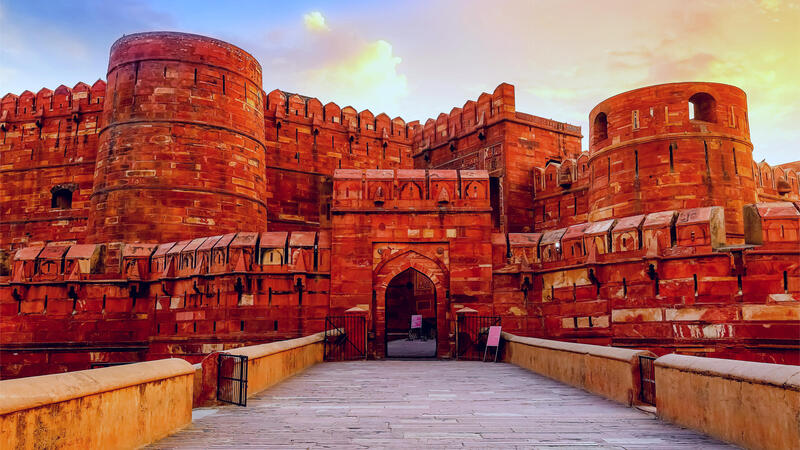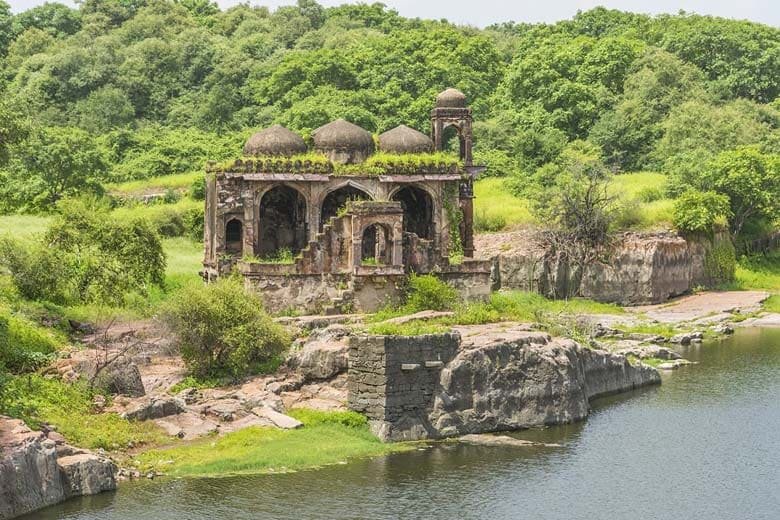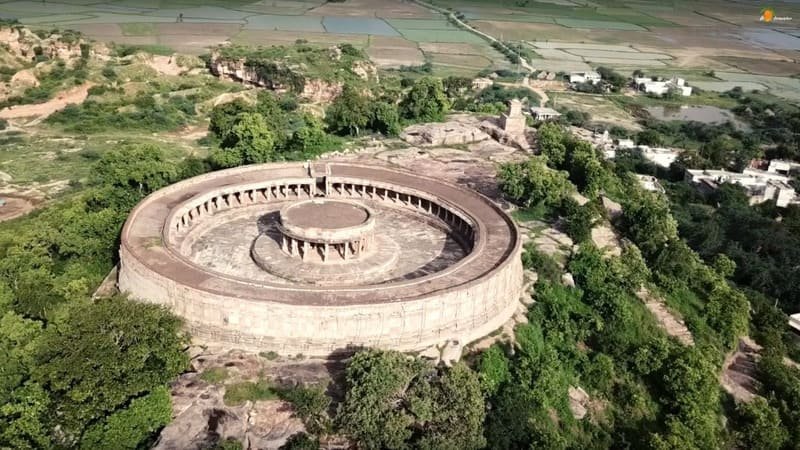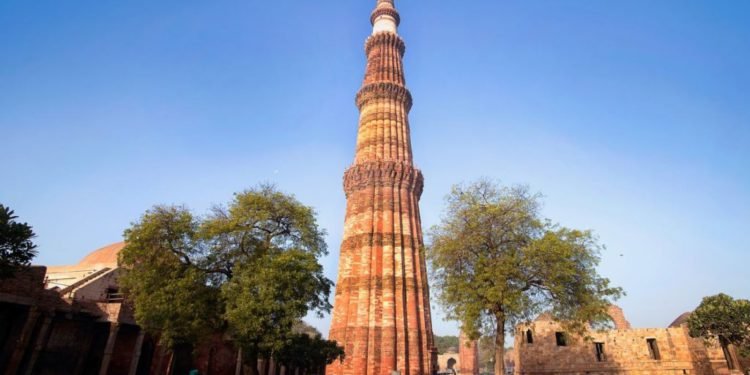
Qutub Minar, Delhi: A Look into the Iconic Indo-Islamic Minaret.
AUROBINDO MARG, MEHRAULI, NEW DELHI - 110030 PHONE NO: 011 2464 7005..
Qutub Minar is one of the most iconic landmarks in Delhi, India. It is a UNESCO World Heritage Site and is considered to be one of the finest examples of Indo-Islamic architecture. The towering minaret stands at a height of 73 meters and is a testament to the rich history and culture of India.
History
The construction of the Qutub Minar began in the 12th century, during the reign of Qutb-ud-din Aibak, the first Muslim ruler of Delhi. The minaret was built to celebrate the victory of the Muslim army over the Hindu rulers of Delhi. The construction of the minaret was completed by his successor, Iltutmish, in the early 13th century.
The Qutub Minar has had a tumultuous history. The minaret was damaged by lightning strikes several times over the centuries and was restored by various rulers. In 1368, a massive earthquake caused significant damage to the minaret. Firoz Shah Tughlaq repaired the minaret in the 14th century and added a balcony to the top of the minaret.
In the 19th century, the minaret suffered significant damage during the Indian Rebellion of 1857. The British government undertook a major restoration project in the early 20th century to restore the minaret to its former glory.
Architecture
The Qutub Minar is a towering minaret, which is made of red sandstone and marble. The minaret is decorated with intricate carvings and calligraphy, which are a testament to the skill of the craftsmen who built it.
The minaret is divided into five distinct sections, each of which is separated by a balcony. The first three sections of the minaret are made of red sandstone, while the top two sections are made of marble. The top section of the minaret features a balcony, which offers visitors a panoramic view of Delhi.
The Qutub Minar is surrounded by several other historic structures, which are also worth visiting. These include the Quwwat-ul-Islam Mosque, which is one of the oldest mosques in India, and the Iron Pillar of Delhi, which is a seven-meter-high iron pillar that dates back to the 4th century.
Visiting Qutub Minar
Qutub Minar is open to visitors every day from sunrise to sunset. Visitors can purchase tickets at the entrance to the site, and audio guides are available in several languages.
Visitors can explore the minaret and the surrounding structures at their own pace. The minaret can be climbed to the top, but visitors should be prepared for a steep climb up a narrow staircase. The climb is not recommended for those with mobility issues or those who suffer from claustrophobia.
Visitors should also be aware that the Qutub Minar can be crowded, particularly during peak tourist season. It is advisable to visit early in the morning or late in the afternoon to avoid the crowds.
Conclusion
Qutub Minar is a must-visit destination for anyone interested in the history and culture of Delhi. The towering minaret is a testament to the rich history of India, and the intricate carvings and calligraphy are a testament to the skill of the craftsmen who built it.
Visitors to Qutub Minar can explore the minaret and the surrounding structures at their own pace, and audio guides are available in several languages. The climb to the top of the minaret is a challenging but rewarding experience, and visitors are rewarded with a panoramic view of Delhi.
In conclusion, Qutub Minar is a must-visit destination for anyone interested in the history and culture of Delhi.

